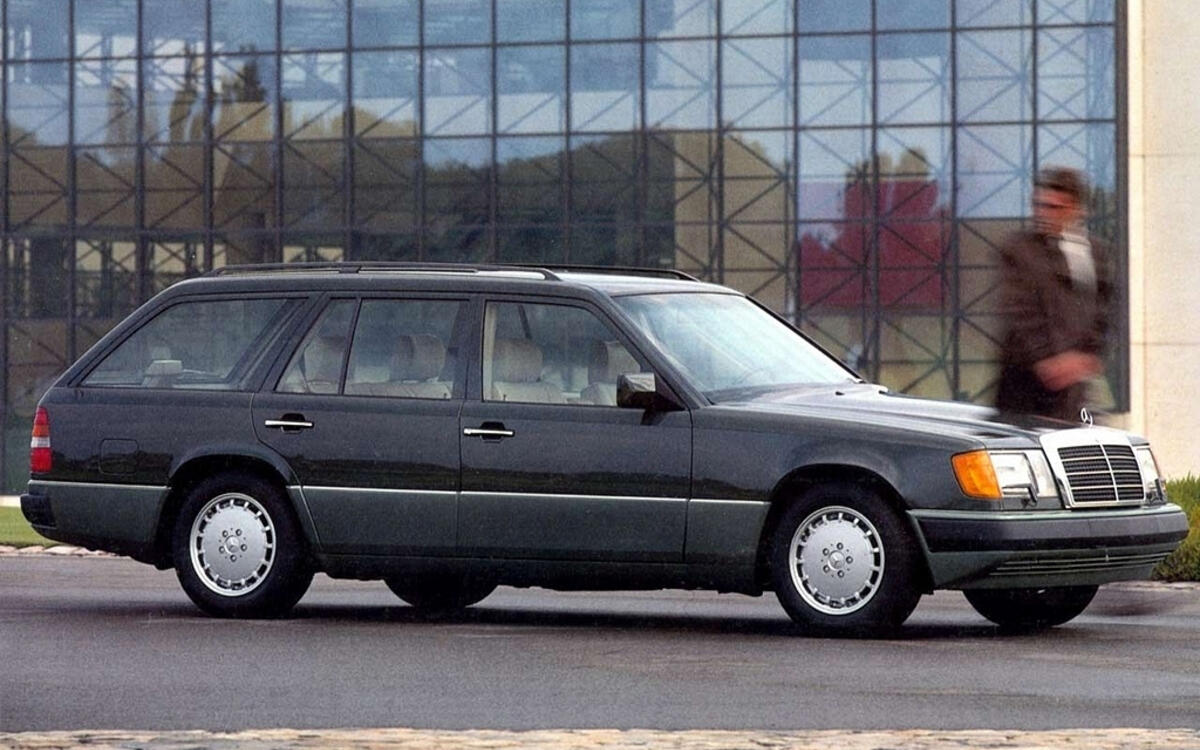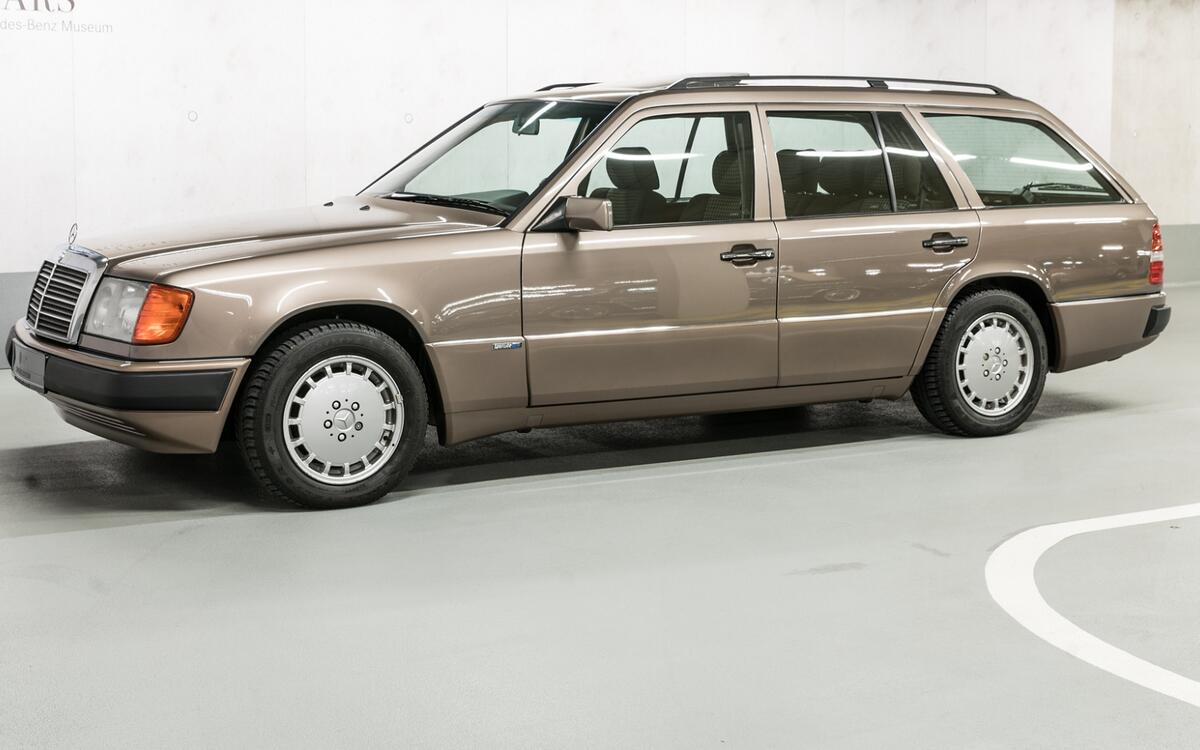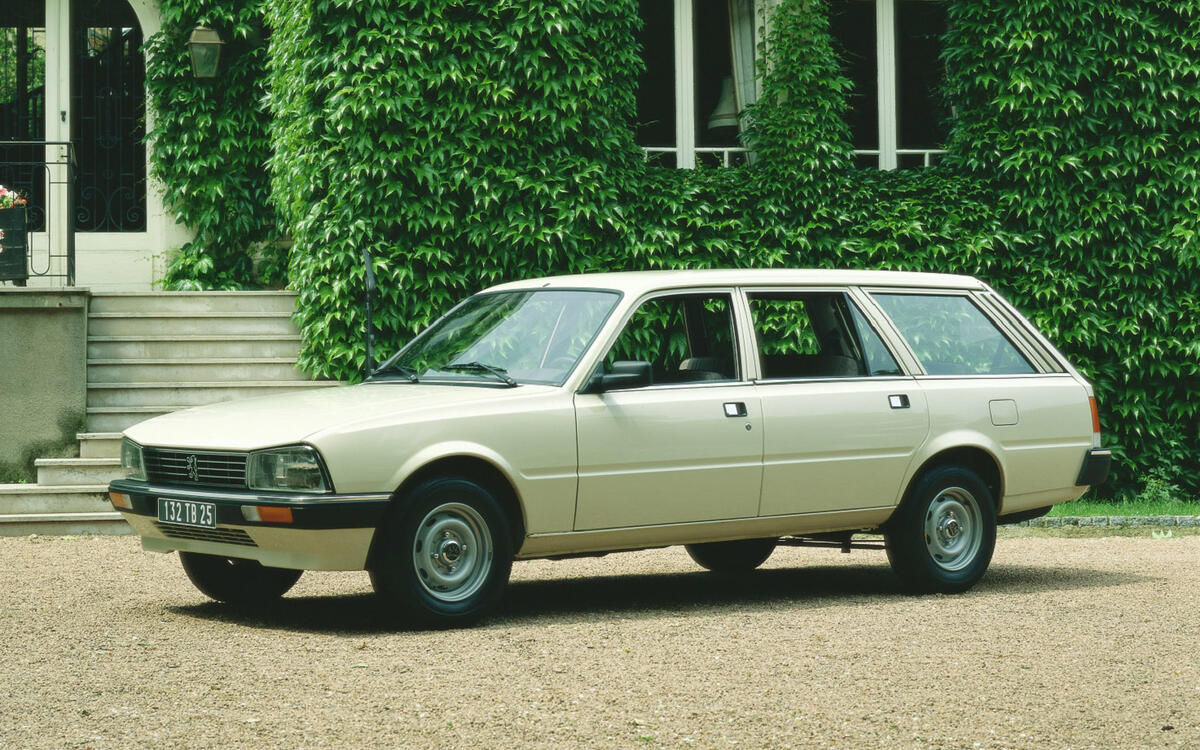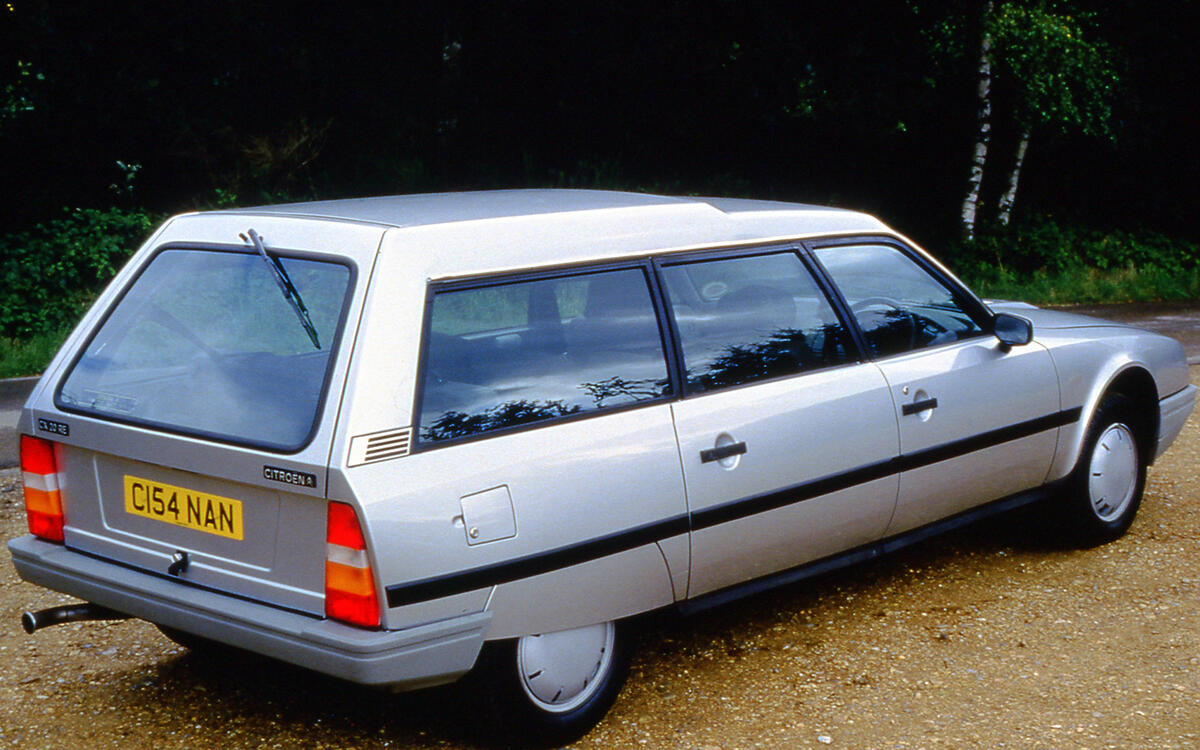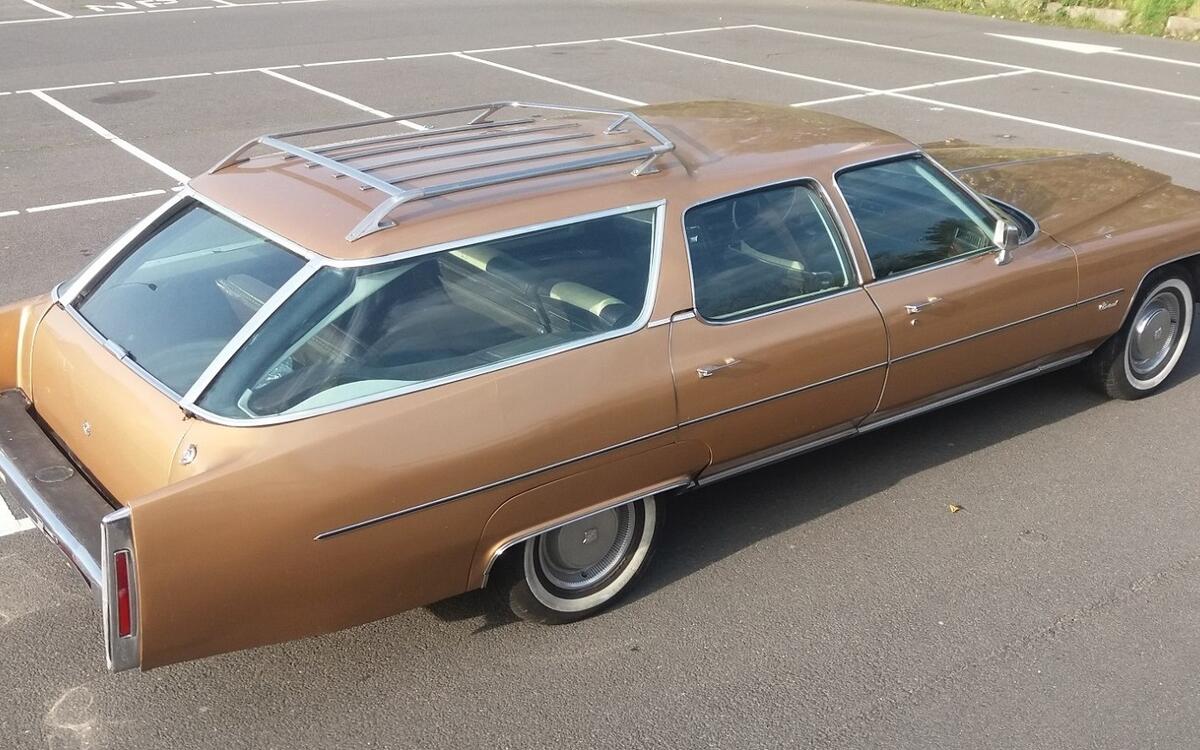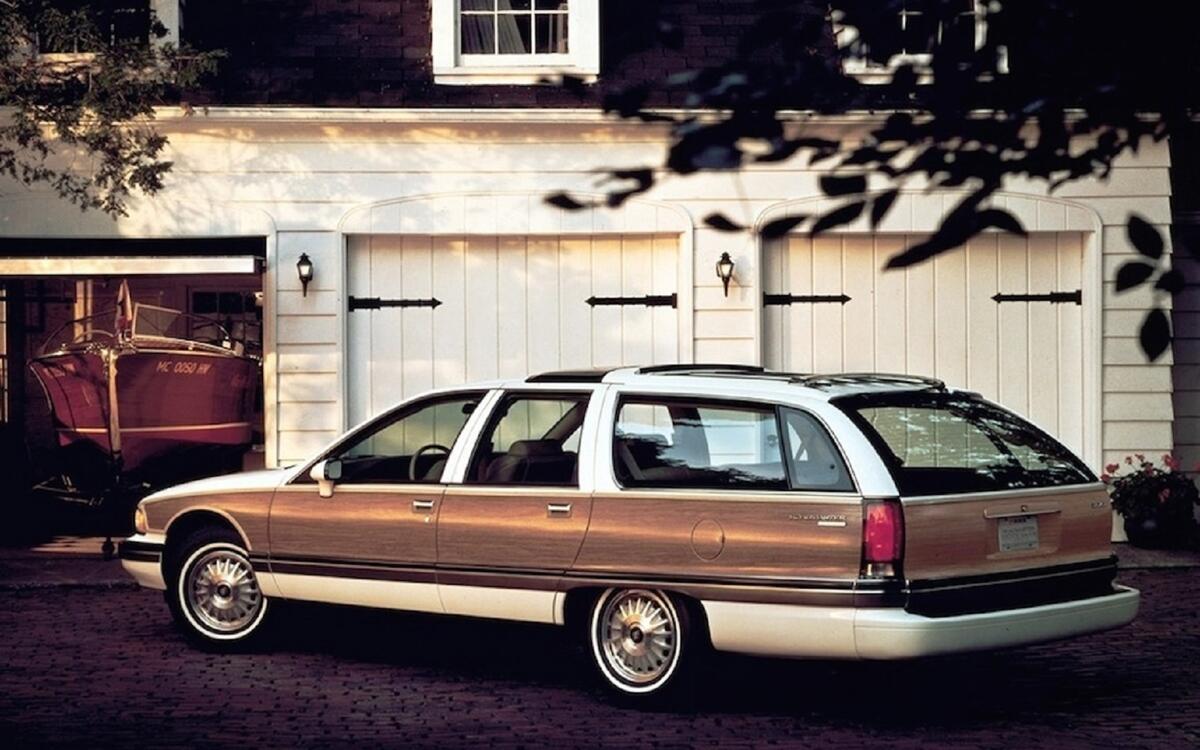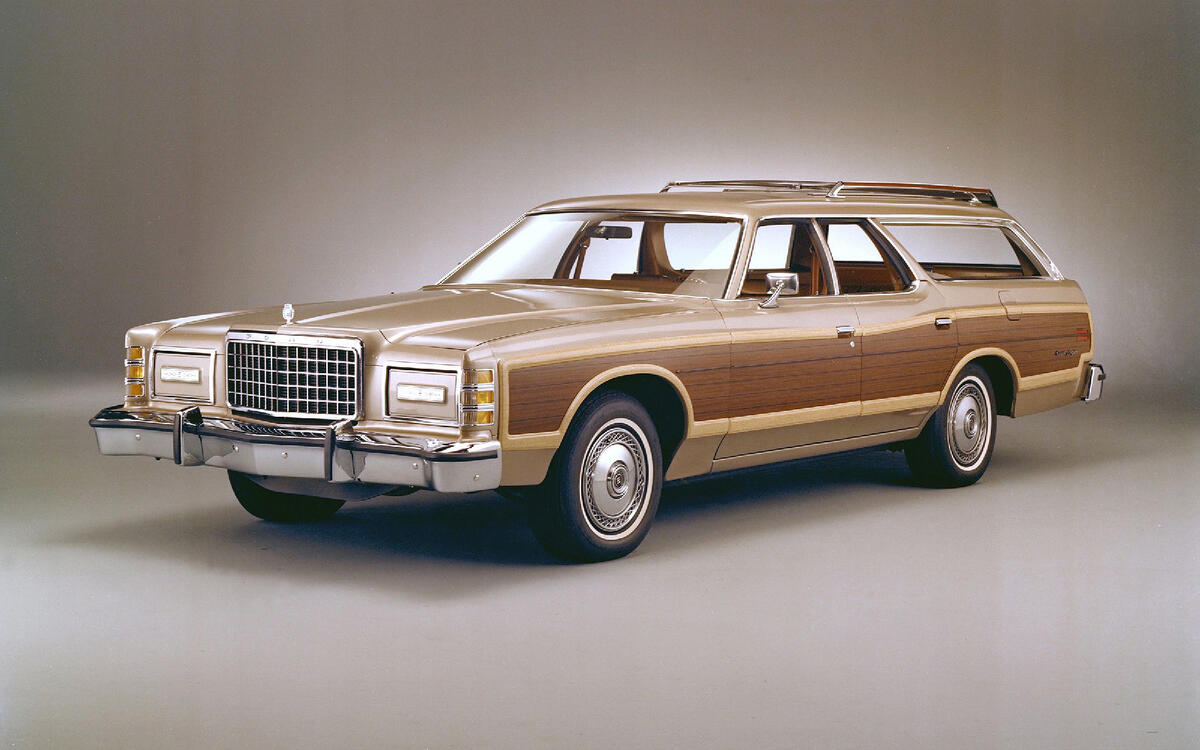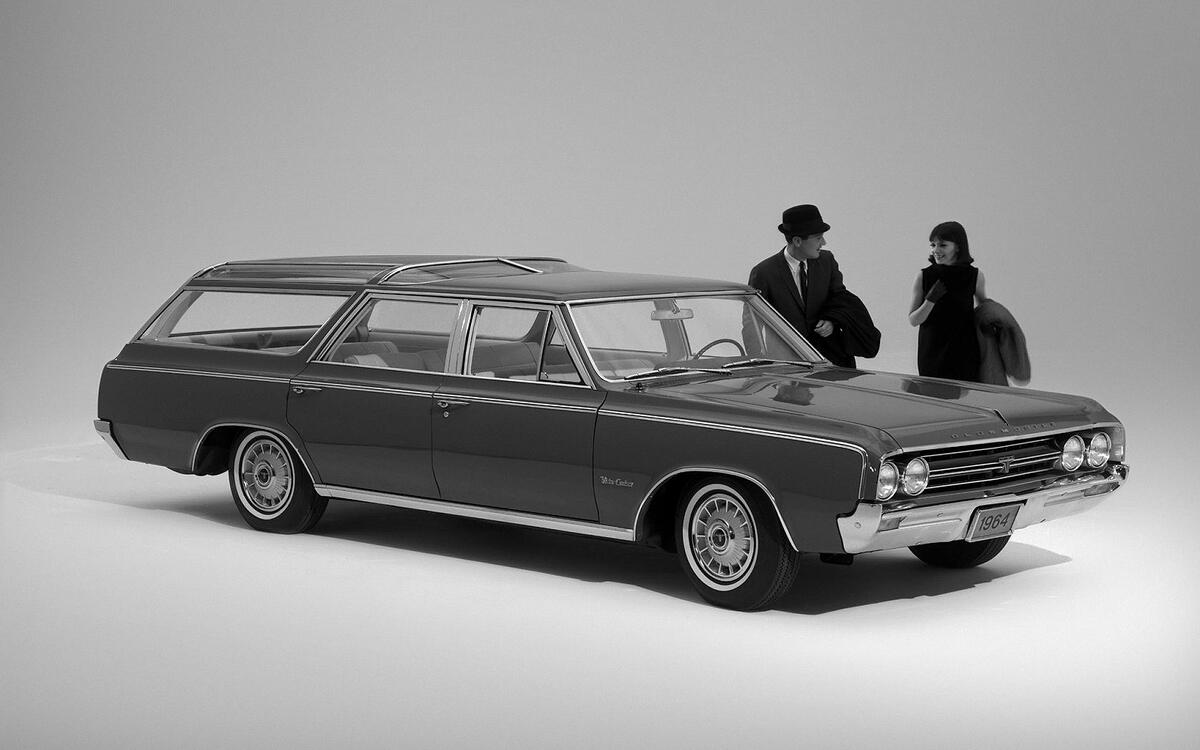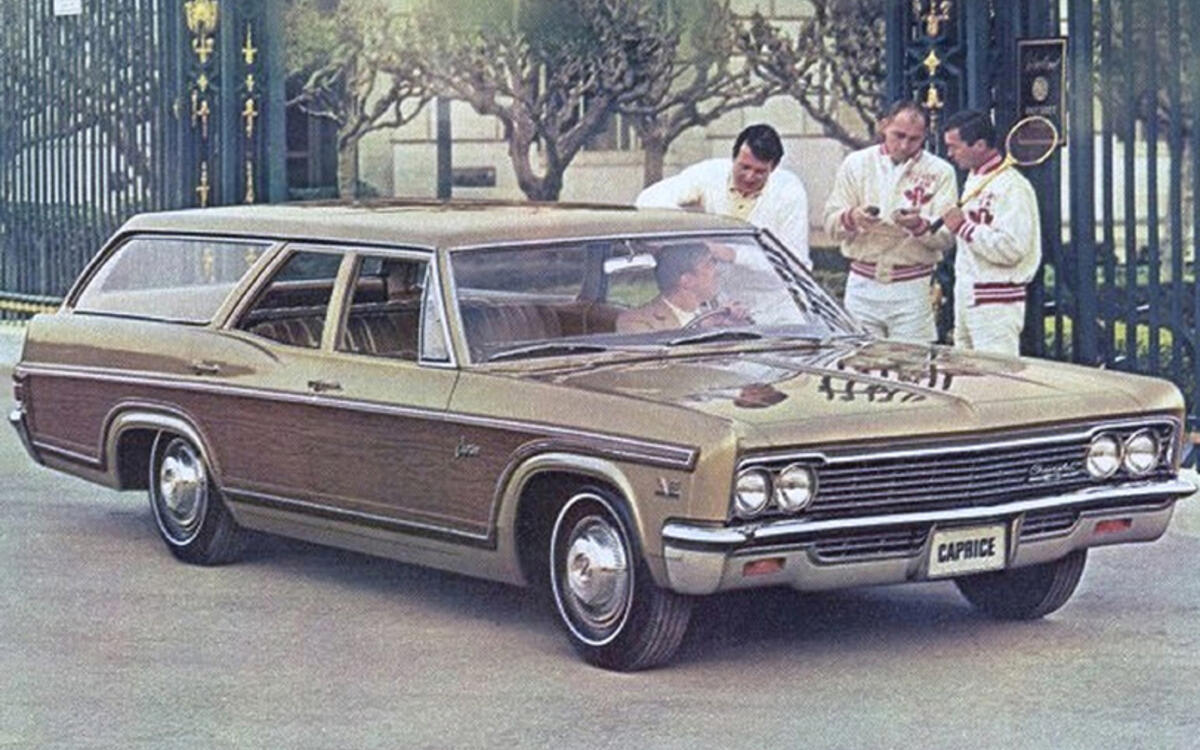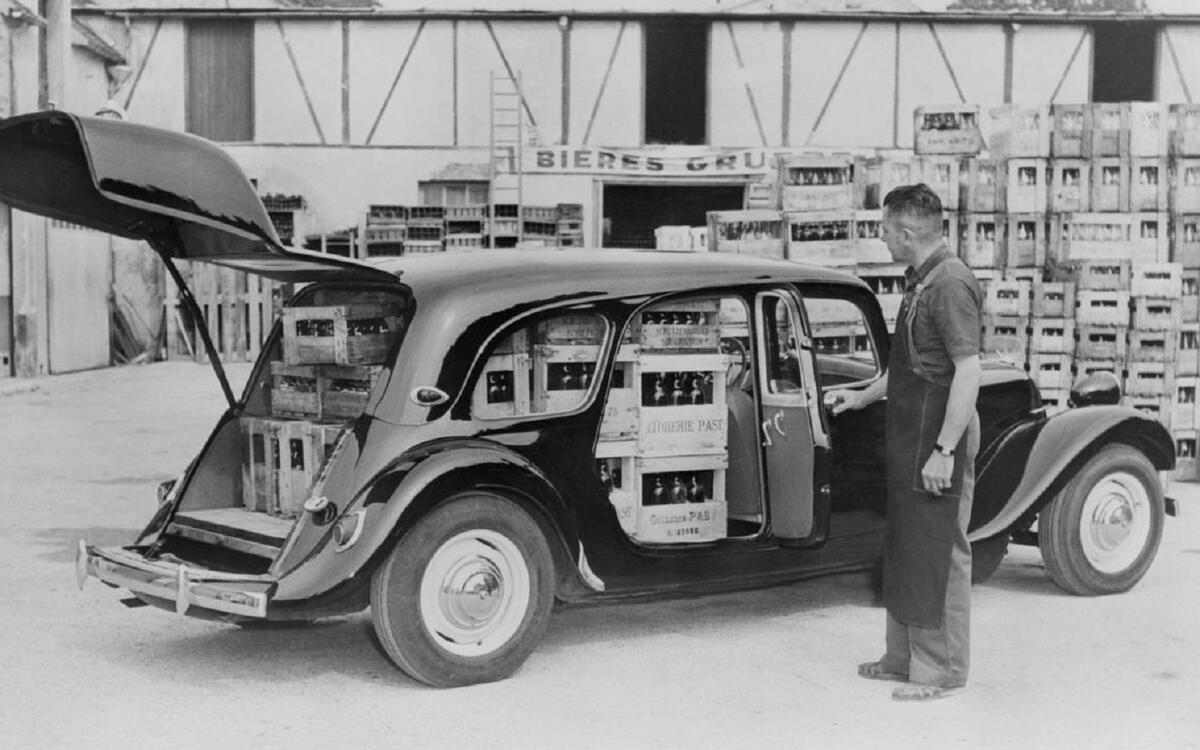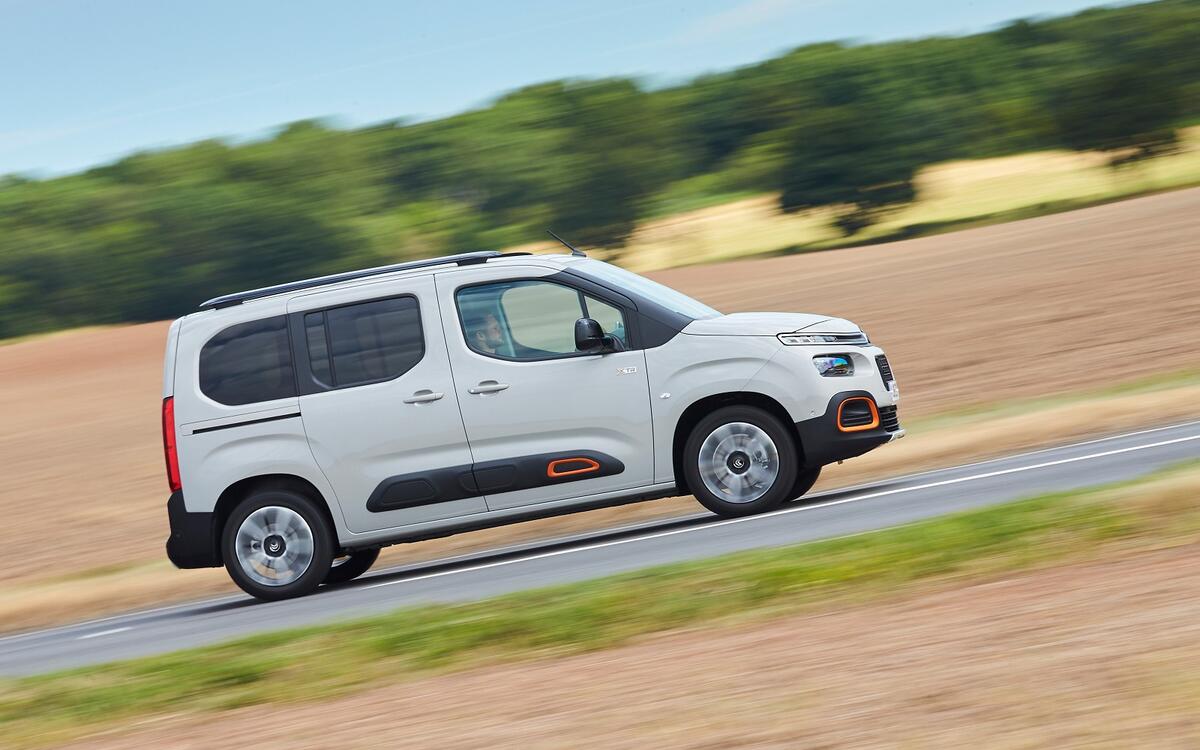 Slide of
Slide of
Space may be at a premium on today’s roads, but that doesn’t mean you have to pay a premium to enjoy the maximum amount of room for people and luggage.
Big estate cars have an appeal all of their own and there’s something very satisfying about loading cases and kit with room to spare. So here are our favourite load-haulers ranked in ascending order of maximum luggage capacity.
 Slide of
Slide of
Mercedes S124 300E (1985) – max boot capacity: 1770 litres/62.5 cubic feet
Don’t be confused by the ‘S’ at the beginning of this model’s designation. It denotes the wagon based on the legendary W124 saloon model built from 1985 to 1995 and it lasted a year longer in showrooms than its saloon counterpart. During that 10-year run, the 300E and its sibling models with a variety of petrol and diesel engines earned a superb reputation as load-luggers par excellence. Still prized today by those who need a generous estate car from £3000 ($3400) in good condition, these cars have a rear seat base mounted 10cm (4in) higher to ensure a flat load floor when the seat back is tipped forward.
 Slide of
Slide of
Mercedes E-Class (2016) – max boot capacity: 1820 litres/64.3 cubic feet
Premium rivals to the Mercedes E-Class estate have been closing the gap on luggage capacity, but the big E boxes clever to maintain its advantage. As well as the cavernous boot space, you get an underfloor area big enough to swallow an average carry-on flight case. Tucked down there, too, is a storage crate so all of your belongings don’t get strewn around the cargo bay. On top of that, another classic Mercedes option is a third row of seats to make the E-Class a seven-seat rival to the plethora of SUVs. Prices start from £39,525 ($63,050).
 Slide of
Slide of
Peugeot 505 (1979) – max boot capacity: 1940 litres/68.5 cubic feet
The 505 picked up from where its 504 predecessor left off, supplying the world with an eminently comfortable, rugged yet affordable and massive estate car. Just like the car it replaced, the 505 proved popular in France and farther-flung parts of the world, but the rear-drive Peugeot was a more acquired taste in other regions of the globe.
The wagon was 25cm (10in) longer than its saloon sibling, which meant you could add a third row of seats to carry eight passengers, and both rear rows could be folded completely flat to free up 1940 litres of space. Finding one today can prove tough and you can expect to pay from £3500 ($3950) for a good example. You may remember this car as the one driven by Glenn Close’s lawyer character in the 1985 thriller Jagged Edge. Peugeot quit the US in 1991.
 Slide of
Slide of
Skoda Superb Estate (2008) – max boot capacity: 1950 litres/68.9 cubic feet
Skoda took the world by surprise with its first limousine-like Superb and then followed it up with the second-generation model’s huge estate variant. Offering more cargo room than cars costing half as much again, the Superb estate has earned a strong following among those looking for practicality without the need to spend a fortune. A range of petrol and diesel engines with low running costs underlines this, priced from £23,450 ($26,450), or you could choose the 276bhp 2.0-litre turbo with four-wheel drive for a real Q-car wagon.
 Slide of
Slide of
Volvo 940 (1990) – max boot capacity: 2121 litres/74.9 cubic feet
When Volvo launched the 900-series models in 1990, the shock of the new 850 was still waiting in the wings. So customers of the Swedish firm were reassured by the square-rigged styling that meant a vast load bay that could offer up to 2121 litres of carrying capacity. There were no clever tricks to achieving this, just big dimensions, and you could add an optional third row of seats so your kids could wave in comfort at the car behind. The 900 range also holds the honour of being the last rear-wheel-drive Volvo model and you can find mint ones from £1000 ($3500).
 Slide of
Slide of
Nissan 300C Estate (1984) – max boot capacity: 2162 litres/76.4 cubic feet
The Nissan 300C in Y30 form ran from 1984 to 1987, yet in this short life, it gained a considerable following. Also known as the Cedric in some markets, the 300C estate came with a five-speed manual gearbox in place of the saloon’s auto and you made do with steel wheels instead of the four-door’s alloys. Also, to achieve a long, flat load floor, the estate also had one less exhaust silencer. Not that it mattered, as the 155bhp 3.0-litre V6 was unstressed even when the wagon was fully loaded, which potentially included seven occupants courtesy of two extra, flip-up seats in the boot.
There was also twin rear wipers and the unusual electric rear side window that let you access the load area from the side without the need to open the hatch. All of this makes the 300C estate collectible to a select few who are willing to pay £3000 ($3500).
 Slide of
Slide of
Citroën CX (1975) – max boot capacity: 2172 litres/76.7 cubic feet
Citroën already had form in the large estate sector with its DS Safari, so the CX had a lot to live up to. It did this in fine style by offering a load space of 2172 litres with the rear seats tipped forward, making it the most spacious wagon built in Europe at the time. It was helped by the wheelbase being extended by 25cm (10in) over the hatch model’s, so even in seven-seat Familiale models, you got decent space for luggage.
If this wasn’t sufficient, French coachbuilder Tissier created its extended Loadrunner version, which was used mostly as a high-speed newspaper delivery van but could be converted to passenger duties. Standard CX estates start from £1500 ($1700).
 Slide of
Slide of
Cadillac Fleetwood (1970) – max boot capacity: 2559 litres/90.4 cubic feet
Cadillac didn’t make a station wagon and none was listed in its brochures, but if you were a favoured customer, the company would build you a Fleetwood estate. Or rather, you chose a car and Cadillac then sent it off to one of its preferred coachbuilders to create a bespoke station wagon for you.
None of this came cheap, but if you could afford it, the prize was exclusivity and enough room in the trunk to host a baseball game. Find one and you’ll pay from £17,500 ($20,000).
 Slide of
Slide of
Ford Falcon (1960) – max boot capacity: 2584 litres/91.3 cubic feet
The Ford Falcon was a staple of the Blue Oval’s Australian and American ranges between 1960 and 2016, when domestic production ceased. The station wagon variant arrived at the end of 1960 and became an instant hit with suburban Aussies. Over the years, the Falcon become more refined to better suit Australian roads and tastes, with heavier-duty suspension used to suit Outback trails.
In 1979, the Falcon shared its structure with the (European) Ford Granada, which meant boot capacity shrunk from the US-derived model’s peak of 2584 litres. Decent cars sell from £7500 ($8500) today.
 Slide of
Slide of
Buick Roadmaster (1991) – max boot capacity: 2616 litres/92.4 cubic feet
The Buick Roadmaster’s history dates back as far as 1931, but for fans of big load-carriers, the action centres around the estate made from 1991 to 1996. Its bulbous styling is not to all tastes, but it makes for an enormous luggage space, and that’s before you drop the rear seat back to free up a maximum of 2616 litres. A rear-facing third row of seats was a popular option to offer accommodation for up to eight people. You could also opt for exterior fake timber cladding for the ultimate ‘woody wagon’ style. A 1991-generation Roadmaster in decent fettle will cost you from £6250 ($7000).
 Slide of
Slide of
Ford Country Squire (1950) – max boot capacity: 2724 litres/96.2 cubic feet
The Country Squire (later called the LTD Country Squire) was a cornerstone of Ford’s US range of station wagons from 1950 to 1991 and all came with ‘woody’-style cladding down the sides. As well as this distinctive appendage, the Country Squire stood out for offering more load space than most of its rivals. The huge 2724-litre trunk could latterly be ordered with extra rear seats, either forward, rear or even side facing depending on your preference.
The 1966 model year (pictured) also introduced the Magic Doorgate that allowed the tailgate to hinge from the left or bottom edges. All of this can be had from £9000 ($10,200).
 Slide of
Slide of
Oldsmobile Vista-Cruiser (1964) – max boot capacity: 2789 litres/98.5 cubic feet
The 1964 Oldsmobile Vista-Cruiser promised those sitting in the boot-mounted third row of seats a superb view forward through roof-mounted windows. These glazed sections linked the standard roof with the raised portion over the rear half of the car, freeing up more rear head room and luggage capacity. The reality was minimal extra vision for those in the rearmost seats, but it created a huge 2789 litres of space when the two rear benches were folded forward. So much space, yet prices start from £8500 ($9600).
 Slide of
Slide of
Buick Estate Wagon (1970) – max boot capacity: 3001 litres/106.0 cubic feet
The Buick Estate Wagon served as General Motors’ most opulent load-carrier throughout its career, which spanned six decades between the 1940s and 1990s. Its heyday was the middle part of its life, where no suburban scene was complete without an Estate Wagon parked on someone’s drive.
From 1971 (pictured), this estate came with the Glide-away Tailgate, where the rear hatch’s glass slid into the roof at the touch of a button and metal lower half disappeared into a recess under the load floor to give unhindered access to the boot. Check this all works and expect to pay from £4750 ($5400).
 Slide of
Slide of
Chevrolet Caprice Estate (1966) – max boot capacity: 3013 litres/106.4 cubic feet
It’s 1966, consumer confidence in the US is booming and so is the size of the country’s station wagons. One of the very biggest is the Chevrolet Caprice estate, which shares much of its platform with the Buick Estate Wagon, but this load-hauler can seat up to nine with the optional third row fitted. Even as standard, it holds six in comfort and can carry all of their luggage with ease.
The Caprice estate was also notable as the first Chevrolet model to be offered with ‘woody’ side trim since 1954. That’s got to be worth the £7500 ($8500) needed to get a decent example.
 Slide of
Slide of
Citroën Traction Avant Commerciale (1938) – max boot capacity: 3150 litres/111.2 cubic feet
Citroën has always been a big player in the large estate market and it all comes back to this model, the Traction Avant Commerciale. Based on the stretched platform of the ground-breaking French saloon, the Commerciale added a lift-up tailgate to create the first factory standard estate. It was aimed at shopkeepers and traders who could use it as a workhorse through the week and then fit seats to take their family out for a jaunt at the weekend. Now highly sought after, a well-looked-after Commerciale will cost from £30,000 (£34,000).
 Slide of
Slide of
Citroën Berlingo (2018) – max boot capacity: 4000 litres/141.3 cubic feet
It's not strictly speaking an estate, but the Berlingo is a very modern take on the theme and, well, it’s hard to ignore just how much space it packs into its compact dimensions. A bit like the Tardis, this Citroën is small on the outside, but open the large tailgate and you’re greeted by 1900 litres of luggage room – and that’s before you tumble any seats.
Do so and you can free up a gigantic 4000 litres of space to make this a carry-all delight from £18,850 ($21,250).
Let's take a look at some of the biggest estate cars manufacturers have had to offer
Advertisement


